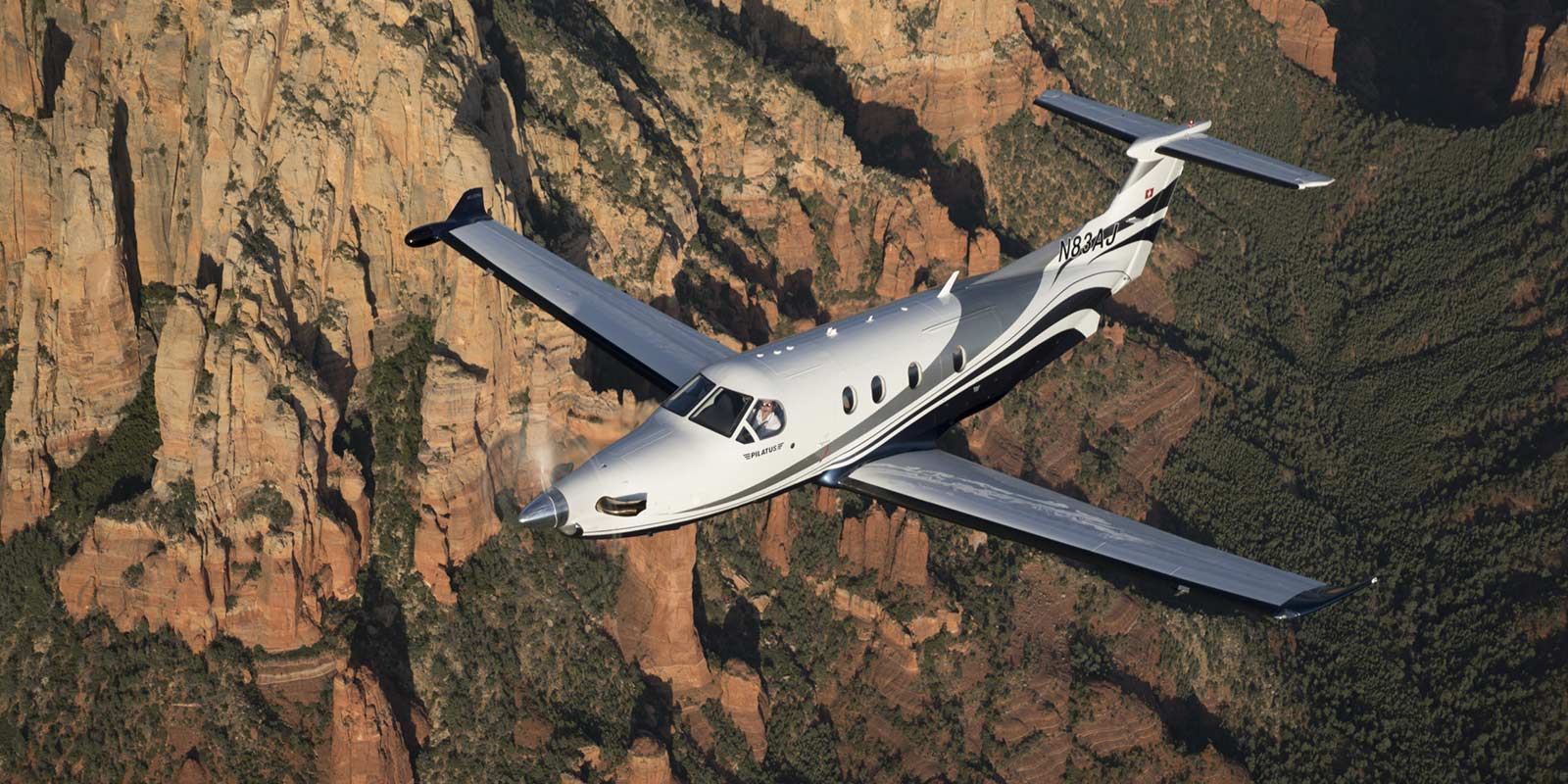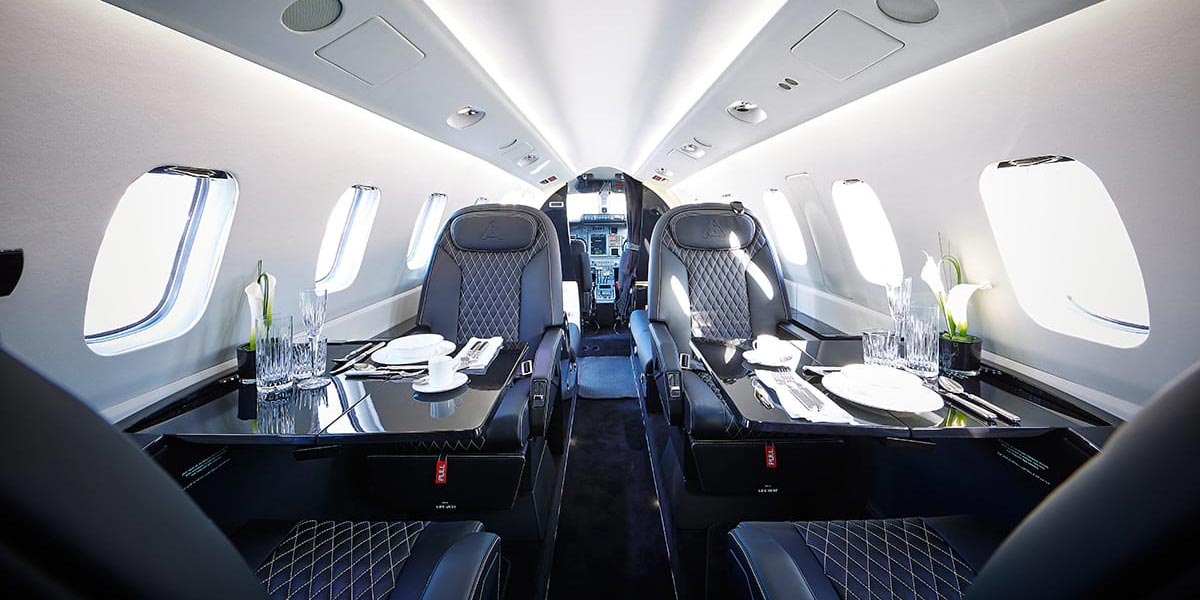About the King Air 300
With the 200 series proving so popular, Beechcraft began working on a successor: the Model 300, initially marketed as the “Super King Air 300”. The B200 airframe was “cleaned up” and even more powerful engines (PT6A-60A), were installed into the redesigned cowlings with MTOW being increased to 14,000 lb (6,300 kg). A modified Model 200 was used to develop the updated systems to be used on the new model and flew October 6th, 1981. First flight of the prototype Model 300 took place on September 3rd, 1983 with deliveries beginning the following year.
By 1988, work had began on the replacement of the 300. Beechcraft took the 300 and stretched the fuselage by nearly three feet with two extra cabin windows on each side, MTWO increased to 15,000 lb (6,750 kg), and winglets added to the wingtips to create the Model B300, introduced in 1990 and initially marketed as the Super King Air 350. LIke the 200/ B200, a version with a large cargo door was developed: the Model B300C, marketed as the “Super King Air 350C” with first deliveries of this model taking place in 1900. A big update occurred in 1998 with the UltraQuiet active noise canceling system, made by Elliott Aviation, was added as standard equipment on all B300s. Another big update occurred in October 2003, when it was announced that all future B300 and B300C King Airs would come equipped with the Rockwell Collins Pro Line 21 avionics suite.
A King Air 350ER version of the B300 was presented at the Paris Air Show on June 13th, 2005. This was an equivalent to the earlier Model 200T and B200T of the 200 series. MTWO was increased to 16,500 lb (7,430 kg), a belly pod for surveillance equipment, the landing gear of the Beechcraft 1900 to handle increased weight and add ground clearance, and extra fuel capacity in the engine nacelles. The next big update would occur October 2008, with the release of the King Air 350i. The focus was on the passenger cabin with Beechcraft claiming that noise level and overall comfort was now competitive with that of light jets. Cabin upgrades included controllers on passenger seats for dimming LED lights, darkening windows, controlling an iPod dock and a high-definition monitor. Other perks included Universal Serial Bus (USB) ports, AC electrical receptacles and fold out tables for each passenger in the eight seats fitted.



